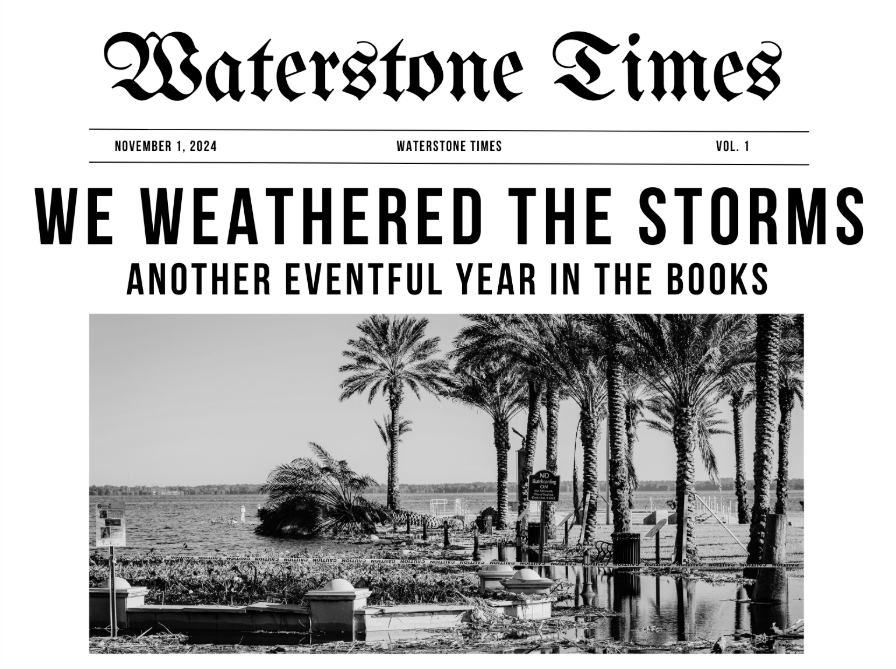Financial Pillars Series: Part 3
Tax Planning: Navigate and Optimize
Part 3 of the Design, Build, and Test Series
In the Last Episode...
Alex and Kate had gained valuable insights into the intricacies of lifestyle planning. They understood the importance of defining household expenses, planning for the unexpected, and trusting their financial coach to navigate them toward a thriving retirement. However, as they sifted through the mail and found an unexpected tax form from the IRS, it reminded them that their financial journey was far from over. Despite the meticulous planning and preparation they had undertaken, the looming presence of taxes demanded their attention.
Alex, having recently sold his thriving business for $2 million, was now facing the stark reality of a substantial tax bill. While the sale had brought the hopefulness of financial freedom, it also came with the burden of capital gains taxes that could significantly impact their retirement plans. It was time for another visit to their financial advisor.
Reducing Tax Obligations
Once settled into their advisors office, they dove right into what Alex and Kate had dabbled with previously to minimize tax bills but also learned a few new tricks. They already had a traditional 401(k) plan. They didn’t know about a more advanced option like Defined Benefit Plans (aka Cash Balance Plan) which could defer taxable dollars and maximize their tax advantages. With the potential to save up to $200,000 a year in tax-deferred accounts, they realized the importance of leveraging these tools to secure their financial future.
Yet, the complexities of tax planning didn't end there. As they transition into retirement, they face a new set of challenges, including the taxation of Social Security benefits, and Required Minimum Distributions (RMD) from retirement accounts. In forward looking analysis and strategic planning, they discovered a huge tax liability driven by the RMD’s in their retirement future. The potential is thousands of dollars in savings and identified methods to diminish their tax obligations progressively over time.
Exploring Tax-Free Options
Their financial planner introduced them to tax-free retirement options, such as Roth IRAs and tax-free life insurance, offering additional avenues to shield their assets from the grasp of taxation. By diversifying their investment portfolio and leveraging these tax-efficient vehicles, Alex and Kate could create a more resilient financial plan that could withstand the test of time.
However, the letter from the IRS served as a stark reminder of the consequences of overlooking tax planning. Despite their best efforts, they realized the importance of integrating tax optimization into every aspect of their financial strategy. From capital gains on business sales to retirement distributions and estate planning, taxes permeated every facet of their financial journey.
The Value of Expertise
The nature of tax optimization unfolds across different phases of life: from saving during working years, to navigating capital gains from the sale of an asset, to tax management of inherited assets and, finally, to optimizing retirement. Alex hadn't initially considered the tax implications of selling his business, and now, faced with the task of optimizing his retirement, he found the prospect daunting.
The financial advisor, equipped with expertise in both investments and tax law, emphasized, “Effective optimization involves understanding the nuances of tax strategies. There are several levers to pull.”
- Setting up and maximizing tax savings from retirement accounts (i.e. 401K, IRA, ROTH IRA)
- Implementing Tax Management Strategies (TMS) in investment accounts
- Using tax loss harvesting
- Planning for gifting and inheritance (understanding the rules)
- Scheduling retirement distributions to be tax efficient
- Budgeting for capital gains on the sale of an asset
- Leveraging upcoming tax law changes, 2026
The key is to determine the most beneficial approach among the options available. Employing various methodologies, they analyzed and refined strategies to identify the optimal path tailored to their circumstances. Balancing these levers requires the use of advanced tax planning software which the advisor was happy to utilize.
Looking Ahead: Facing Realities
Feeling more confident than ever, they said goodbye to their financial advisor and headed home. The mail had just arrived, and they silently wondered, “what could it be this time?” A mix of good news and bad news led to the same conclusion of needing to explore a different facet of their finances. With health bills for Kate’s mother's treatments paired with a Save the Date for their daughter's wedding, they began reflecting on whether or not they had a solid estate plan. This was no longer about just their own financial health; they needed to consider their loved ones as well.
Stay tuned for the next chapter in Alex and Kate's financial journey: Estate Planning- Beyond Tomorrow.



